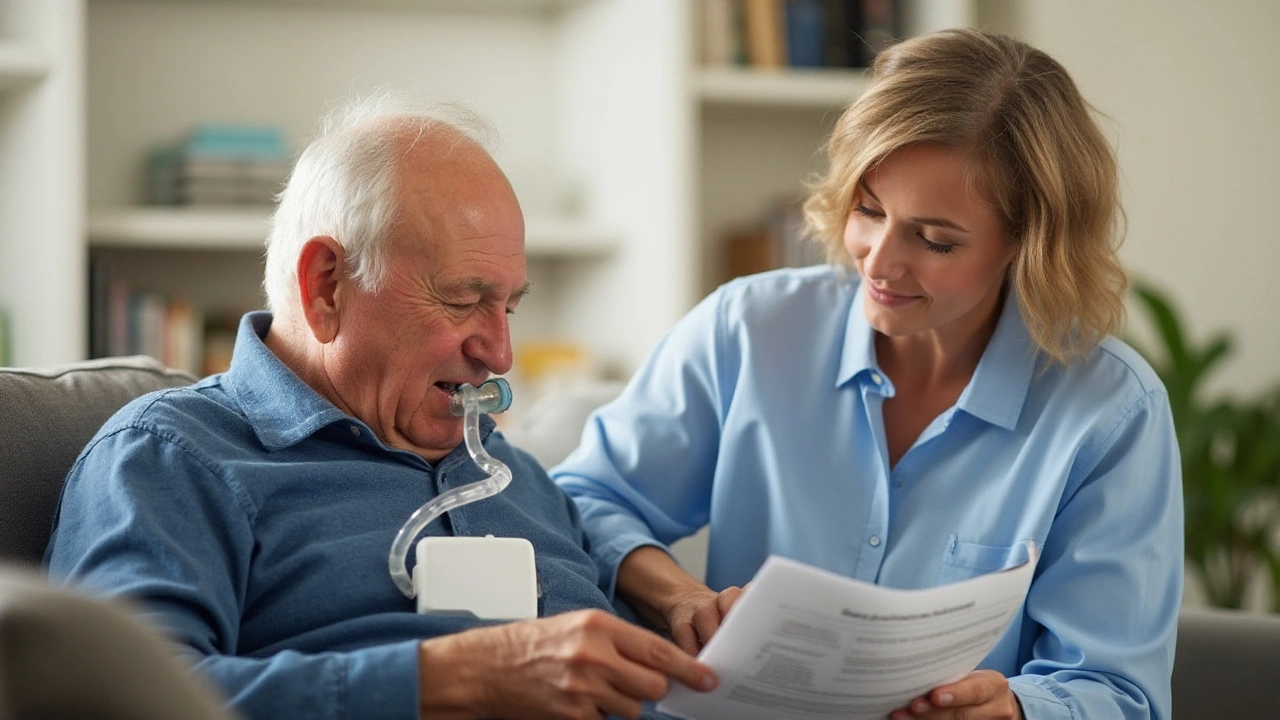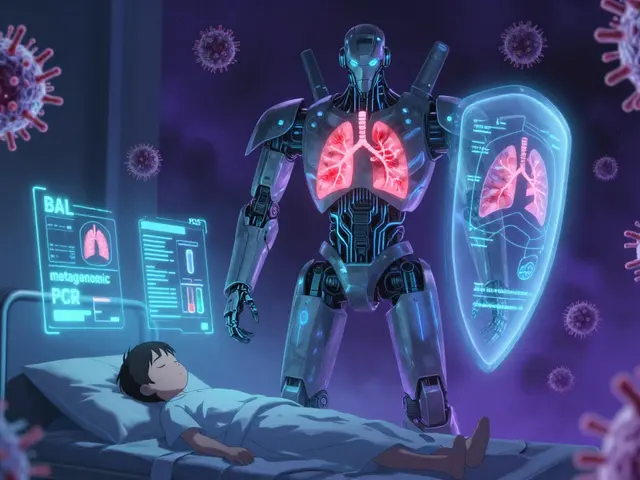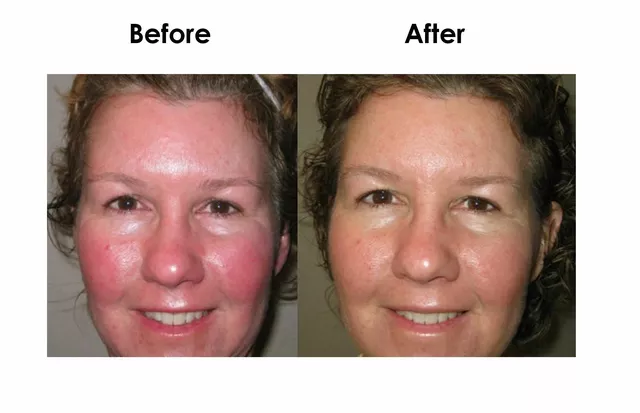Pulmonary Disease: Spot Symptoms and Manage Breathing Better
Shortness of breath, a long-lasting cough, noisy breathing or frequent chest infections — these are the kinds of signs that a lung problem might be developing. Pulmonary disease covers conditions like asthma, COPD, chronic bronchitis, and infections that affect your airways and lungs. You don’t need medical jargon to understand what’s happening or what to do next. Read on for straight talk about symptoms, simple self-care steps, and when to call a doctor.
Recognize warning signs early
Watch for a change in your baseline breathing. If you can’t finish a sentence without gasping, if walking up stairs leaves you unusually breathless, or if your cough drags on more than a few weeks, act. Other red flags: coughing up blood, sudden severe shortness of breath, blue lips or face, fainting, or confusion. Those require immediate emergency care. For slower changes — more mucus, worse wheeze, or increased chest tightness — make a primary care or pulmonary clinic appointment.
Keep track of symptoms. Note when they happen, what brings them on, and whether they follow infections, exercise, or certain environments. A simple notebook or a phone note helps your clinician spot patterns fast.
Practical treatment steps you can start now
Inhalers are the backbone of treating many lung conditions. Make sure you know the difference between a reliever (quick-acting) and a controller (daily). Poor inhaler technique wastes medicine — use a spacer for metered dose inhalers, and rinse your mouth after steroid inhalers. If cost is an issue, compare options and copays; some inhalers like Advair and newer ones like Breztri differ in price and coverage, so check real out-of-pocket costs before you buy.
Infections sometimes need antibiotics. For chest infections, clinicians often consider azithromycin or erythromycin, depending on the bug and your history. Never start antibiotics without a prescription — wrong drug or dose can make things worse.
Simple home practices help too: stop smoking, avoid secondhand smoke and air pollution, get your flu and COVID vaccines, and consider the pneumococcal vaccine if you’re at higher risk. Pulmonary rehabilitation — supervised exercise and breathing training — helps people with COPD and long-term breathing problems feel stronger and less breathless.
Breathing exercises can calm panic and improve control. Try slow pursed-lip breathing: inhale through the nose for two counts, exhale through pursed lips for four counts. Use it during flare-ups to reduce panic and slow breathing rate.
If you live with a chronic lung disease, set an action plan with your clinician: what to do on bad days, when to step up inhaler use, and when to seek urgent care. Keep emergency numbers and a current medication list handy. If you’re unsure about a medication, dosing, or an inhaler device, ask — clear instructions make a big difference.
Want deeper reads? Check our practical comparisons and drug guides on inhaler options, antibiotics for respiratory infections, and tips to manage chronic lung conditions. Knowledge plus small daily steps equals better breathing and fewer surprises.




